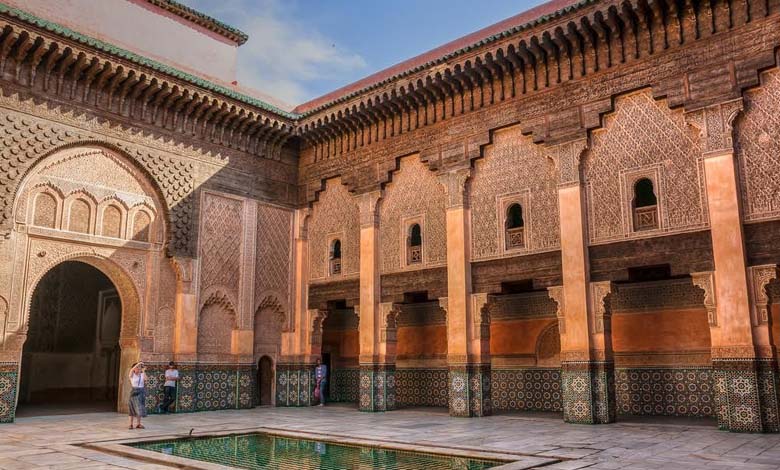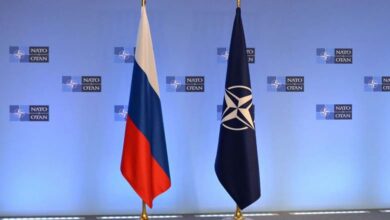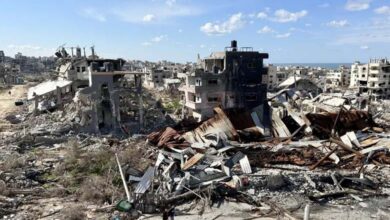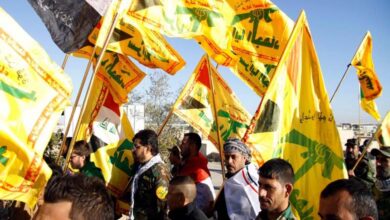Moroccan Campaign to Protect Architectural Heritage from Algerian Appropriation
The Algerian Ministry of Defense has attributed images of the Ksar of Aït Ben Haddou, located in the Moroccan province of Ouarzazate, to Algerian architectural heritage.

A promotional tourism video released by the Algerian Ministry of Defense, featuring footage of a historic Moroccan archaeological site, has sparked widespread outrage on social media. This act of cultural heritage appropriation is not an isolated incident. From claiming the Moroccan caftan and zellige as part of Algerian heritage to falsely attributing Moroccan historical landmarks or using them for misleading propaganda, this ongoing issue has repeatedly required official intervention from Rabat to safeguard its cultural legacy.
-
Morocco Strengthens Connectivity with Sub-Saharan Africa through a Maritime Line between Agadir and Dakar
-
Flights between Moroccan Sahara and International Capitals Anger Algeria
Listed as a UNESCO World Heritage Site, the Ksar of Aït Ben Haddou is one of Morocco’s most iconic tourist attractions and a globally recognized filming location. It has hosted the production of several major films and television series, including the acclaimed movie Gladiator.
Many Moroccans reacted to the Algerian Ministry of Defense’s post. Moroccan blogger Najib El Adadi wrote on Facebook: “When the Algerian regime fails to create its own history… it steals Morocco’s heritage.”
-
Extension of MINURSO Mission: Diplomatic Victory for Morocco and Setback for Algeria
-
Washington exposes Algeria’s falsification of its position on the Moroccan Sahara
He added: “Instead of trying to appropriate Moroccan identity, the Algerian regime should focus on solving its internal crises, from poverty and unemployment to repression and the suppression of freedoms.” He continued: “The Algerian regime is attempting to mislead its people with desperate propaganda efforts, but the truth is clear: Morocco is strong with its culture and rich history, and its identity will never be erased, no matter how hard some entities try to distort the facts.”
Sarcastically, an internet user named Tariq Ibn Ziyad commented on X: “Now all Algerians will recognize the Ksar of Aït Ben Haddou… free publicity!”
-
U.S. moves to expedite resolution of the fabricated conflict in the Moroccan Sahara
-
Legislative Initiative to Eliminate the French Version of the Official Gazette in Algeria
A page named Naama Maa El Ainin stated that the promotional video was “another ongoing attempt to steal everything Moroccan, but history cannot be falsified, and identity cannot be stolen.”
As Morocco continues its efforts to protect and enhance its cultural heritage in the face of appropriation attempts—particularly after Algeria claimed ownership of several traditional Moroccan crafts—the debate over cultural heritage ownership remains a contentious issue between the two nations. Disputes over intangible heritage elements such as couscous, the caftan, Gnaoua music, and raï have led to heated exchanges and mutual accusations.
-
An Algerian-Iranian rapprochement on the verge of discord and tensions with Morocco
-
Algeria creates its isolation by punishing African countries joining the Atlantic initiative
The controversy surrounding the Algerian national football team’s jerseys, designed by Adidas and featuring zellige patterns, also caused an uproar, with Morocco condemning the use of its cultural symbols to promote another country. Reports have also suggested that Algeria is actively recruiting Moroccan artisans specializing in wood carving, tailoring, and other traditional crafts to bolster its own heritage.
Morocco is working to strengthen its legal framework for the protection and promotion of its cultural, natural, and geological heritage. Earlier this month, Moroccan Minister of Youth, Culture, and Communication Mohamed Mehdi Bensaid emphasized the importance of these legislative measures “in light of the continuous threats and attempts to appropriate Moroccan heritage,” indirectly referring to Algeria’s actions.
-
Has Tebboune Distanced Himself from the Imam of the Paris Mosque to Avoid a New Crisis?
-
Morocco’s Strong Position Pushes Algeria to Avoid Raising the Sahara Issue at the UN Security Council
Bensaid had previously urged the Moroccan Parliament to establish mechanisms within international parliamentary bodies to advocate for and protect Moroccan intangible heritage.
In May 2024, the Moroccan Ministry of Culture officially alerted UNESCO about Algeria’s appropriation of Moroccan intangible heritage, following its submission of images and videos of the Moroccan caftan as part of Algerian cultural heritage—yet another act of heritage misappropriation.












